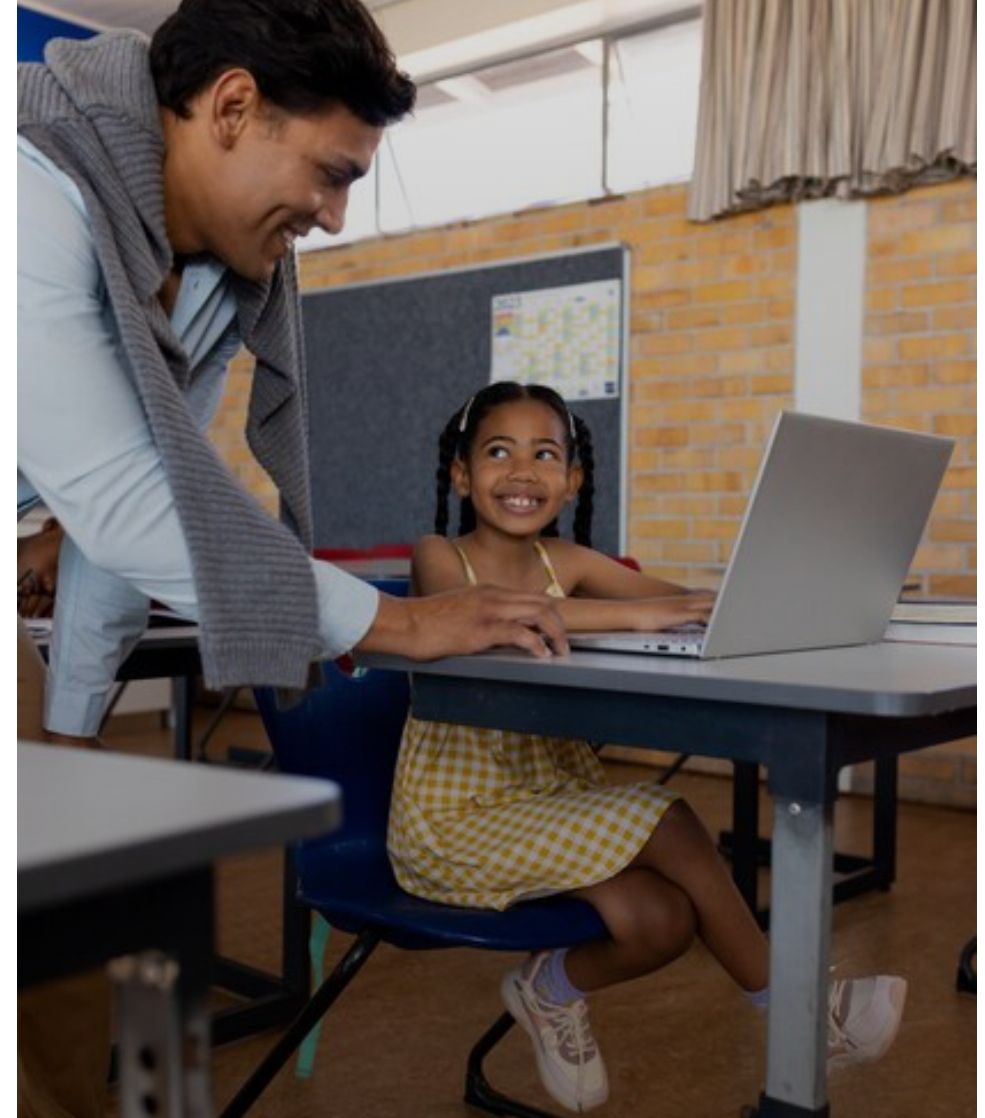
As education continues to evolve in the digital age, educators are increasingly tasked with transforming traditional teaching methods to fit the online classroom. This shift presents both challenges and opportunities, requiring innovative approaches to ensure that online learning is as effective and engaging as in-person instruction. In this comprehensive guide, we’ll explore how to adapt conventional teaching strategies for the virtual environment, making the most of digital tools and technologies to enhance student learning.
The Need for Adaptation
Transitioning from a physical classroom to an online setting can be daunting for educators who are accustomed to face-to-face interactions. However, with the right strategies, traditional teaching methods can be effectively adapted to the virtual world. This not only preserves the integrity of educational practices but also enriches the learning experience through new possibilities offered by technology.
Key Strategies for Adapting Traditional Teaching Methods
- Interactive Lectures and Multimedia Integration
Traditional Method: Lectures are a staple of traditional education, where teachers deliver information verbally to students.
Adaptation: In the online classroom, lectures can be transformed into interactive sessions using multimedia elements. Incorporate videos, animations, and interactive polls to engage students and cater to different learning styles.
Implementation: Use platforms like Zoom or Microsoft Teams for live lectures, incorporating tools like Kahoot for interactive quizzes. Pre-recorded lectures can be enhanced with embedded questions using tools like Edpuzzle, encouraging active engagement even in asynchronous settings.
Benefits: Interactive elements keep students engaged and make the learning experience more dynamic and memorable. - Facilitating Group Work and Collaboration
Traditional Method: Group work and discussions are essential for fostering teamwork and communication skills in a traditional classroom.
Adaptation: Virtual breakout rooms and collaborative platforms enable small group discussions and projects in an online environment.
Implementation: Utilize breakout rooms in video conferencing tools for small group activities. Use collaborative platforms like Google Workspace or Microsoft 365 for shared documents and project management tools like Trello for tracking group tasks.
Benefits: These tools facilitate communication and cooperation among students, replicating the interactive nature of group work in a physical classroom. - Enhancing Student Engagement with Gamification
Traditional Method: Engaging students through interactive activities and games is a common strategy in traditional classrooms.
Adaptation: Implement gamification in online learning to maintain student motivation and participation.
Implementation: Use platforms like Classcraft or Quizizz to introduce game elements into your lessons. Incorporate badges, leaderboards, and point systems to reward student participation and achievement.
Benefits: Gamification can make learning fun and engaging, encouraging students to participate actively and strive for excellence. - Personalizing Learning through Self-Paced Courses
Traditional Method: Individualized instruction allows teachers to tailor lessons to meet the unique needs of each student.
Adaptation: Online platforms can facilitate self-paced learning, allowing students to progress through materials at their own pace.
Implementation: Use learning management systems (LMS) like Moodle or Canvas to create self-paced courses with flexible deadlines. Incorporate adaptive learning technologies that adjust the content based on student performance.
Benefits: Personalized learning paths empower students to take control of their education, enhancing their engagement and mastery of the material. - Maintaining Classroom Dynamics with Virtual Presence
Traditional Method: A teacher’s presence in the classroom helps manage behavior and create a positive learning environment.
Adaptation: Foster a sense of virtual presence through consistent communication and engaging teaching practices online.
Implementation: Use video conferencing tools to establish a visual presence. Regularly check in with students through virtual office hours, and create a welcoming online classroom culture with clear expectations and regular feedback.
Benefits: Maintaining a strong virtual presence helps students feel connected and supported, similar to the dynamics of a physical classroom. - Incorporating Formative Assessments for Continuous Feedback
Traditional Method: Regular quizzes and assignments provide feedback and gauge student understanding in traditional settings.
Adaptation: Implement frequent, low-stakes assessments in the online classroom to monitor progress and provide timely feedback.
Implementation: Use tools like Google Forms or Socrative to create quick quizzes and surveys. Incorporate peer reviews and self-assessment opportunities to enhance feedback loops.
Benefits: Formative assessments help keep students on track and informed about their progress, allowing for adjustments to teaching methods and learning strategies as needed. - Utilizing Asynchronous Learning for Flexibility
Traditional Method: Scheduled classes provide structure and regular interaction in traditional education.
Adaptation: Offer asynchronous learning options to accommodate diverse schedules and learning preferences.
Implementation: Record lectures and provide them alongside supplemental materials on your LMS. Create discussion forums where students can engage in ongoing conversations at their convenience.
Benefits: Asynchronous learning offers flexibility, allowing students to learn at their own pace and on their own schedule, which can enhance their engagement and retention. - Encouraging Active Participation through Discussion Boards
Traditional Method: Classroom discussions promote critical thinking and active participation in a physical setting.
Adaptation: Use online discussion boards to facilitate thoughtful discussions and encourage student interaction.
Implementation: Create structured discussion prompts and require students to respond and engage with their peers’ posts. Use platforms like Padlet or discussion features in your LMS to organize these activities.
Benefits: Online discussion boards provide a space for students to share ideas and engage in critical thinking, replicating the benefits of in-class discussions. - Leveraging Multimedia Projects for Creative Expression
Traditional Method: Hands-on projects and presentations allow students to express their learning creatively.
Adaptation: Assign multimedia projects that utilize digital tools for creative expression in the online classroom.
Implementation: Encourage students to create videos, podcasts, or digital presentations using tools like Canva, Adobe Spark, or Flipgrid. Provide guidelines and resources to support their use of these tools.
Benefits: Multimedia projects engage students in creative and meaningful ways, allowing them to demonstrate their learning through various digital formats. - Developing Digital Literacy through Online Tools
Traditional Method: Teaching students how to research, evaluate, and use information effectively is fundamental in traditional education.
Adaptation: Integrate digital literacy skills into your online teaching methods to prepare students for the digital age.
Implementation: Provide lessons on evaluating online sources, using digital tools for research, and practicing safe online behaviors. Use platforms like Common Sense Education for resources and activities focused on digital literacy.
Benefits: Developing digital literacy skills is essential for success in the modern world, and integrating these skills into your teaching prepares students for future challenges.
Conclusion
Adapting traditional teaching methods for the online classroom is not just about replicating what works in person but about enhancing and transforming these methods to leverage the unique advantages of digital learning. By implementing these strategies, educators can create engaging, effective, and dynamic online learning experiences that cater to the needs of today’s students.
Whether you’re an educator navigating the transition to online teaching or a student adapting to new learning environments, these strategies will help you thrive in the digital classroom. Embrace the possibilities of online education and unlock new opportunities for learning and growth.










